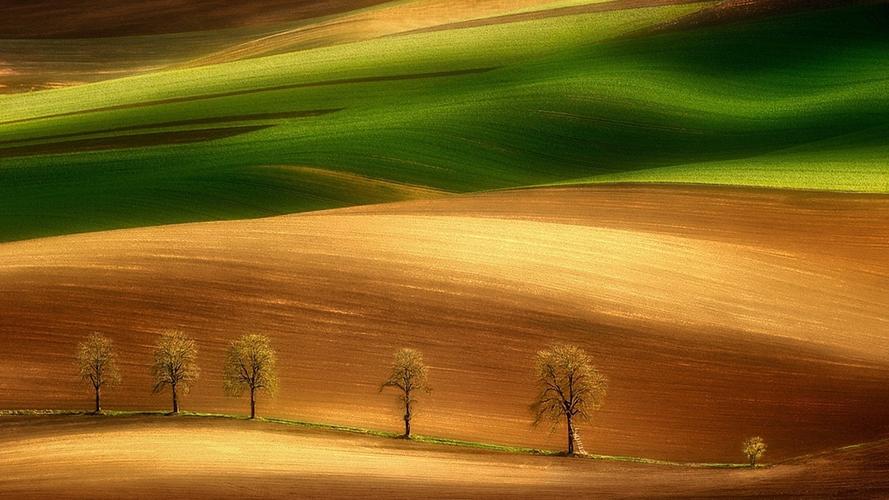In today’s digital age, computer art has transformed the creative industry, offering innovative techniques, tools, and styles for artists to explore and experiment with. From graphic design to animation, the use of computers in art has revolutionized the way we express ourselves and communicate ideas. In this comprehensive guide, we’ll delve into the fascinating world of computer art, examining its history, techniques, and trends.
History of Computer Art
Computer art has a rich history dating back to the mid-20th century, when artists began using early computers and algorithms to create unique patterns and designs. One of the early pioneers of computer art was Vera Molnar, who began experimenting with computer algorithms in the 1960s. Molnar’s work inspired other artists, such as Harold Cohen, to explore the potential of computer-generated art.
In the 1970s, the use of computers in art expanded with the development of graphic design software, enabling artists to create digital illustrations and designs. By the 1990s, computer-generated art had become more sophisticated, with the emergence of 3D graphics and animation software. Today, computer art is an essential part of the creative industry, with artists using a range of hardware and software to bring their visions to life.
Techniques of Computer Art
One of the key benefits of computer art is the ability to use a range of techniques to create unique and innovative designs. From vector art to digital painting, artists can choose from a range of methods to create their work. Vector art is a popular technique that uses mathematical equations to create smooth lines and shapes. Digital painting, on the other hand, combines the look and feel of traditional painting with digital tools and techniques.
Another popular technique in computer art is 3D modeling and animation. This involves creating virtual 3D objects and environments using software such as Maya and Blender. 3D animation brings objects to life, enabling artists to create complex movements and interactions.
Trends in Computer Art
One of the most exciting things about computer art is the dynamic and ever-changing landscape of trends and styles. From minimalist designs to maximalist collages, computer art offers endless creative possibilities. One current trend in computer art is glitch art, which involves distorting digital images to create unexpected and unconventional designs. Another trend is retro-futurism, which combines nostalgic design elements with futuristic themes and concepts.
Conclusion
Computer art is a fascinating and dynamic field, offering artists a range of techniques and styles to explore. From its early beginnings in the mid-20th century to its current position as a pillar of the creative industry, computer art continues to push the boundaries of design and expression. As technology continues to evolve, the possibilities for computer art are limitless. By embracing new techniques, exploring emerging trends, and honing their craft, artists can continue to innovate and inspire in this exciting field.
(Note: Do you have knowledge or insights to share? Unlock new opportunities and expand your reach by joining our authors team. Click Registration to join us and share your expertise with our readers.)
Speech tips:
Please note that any statements involving politics will not be approved.
